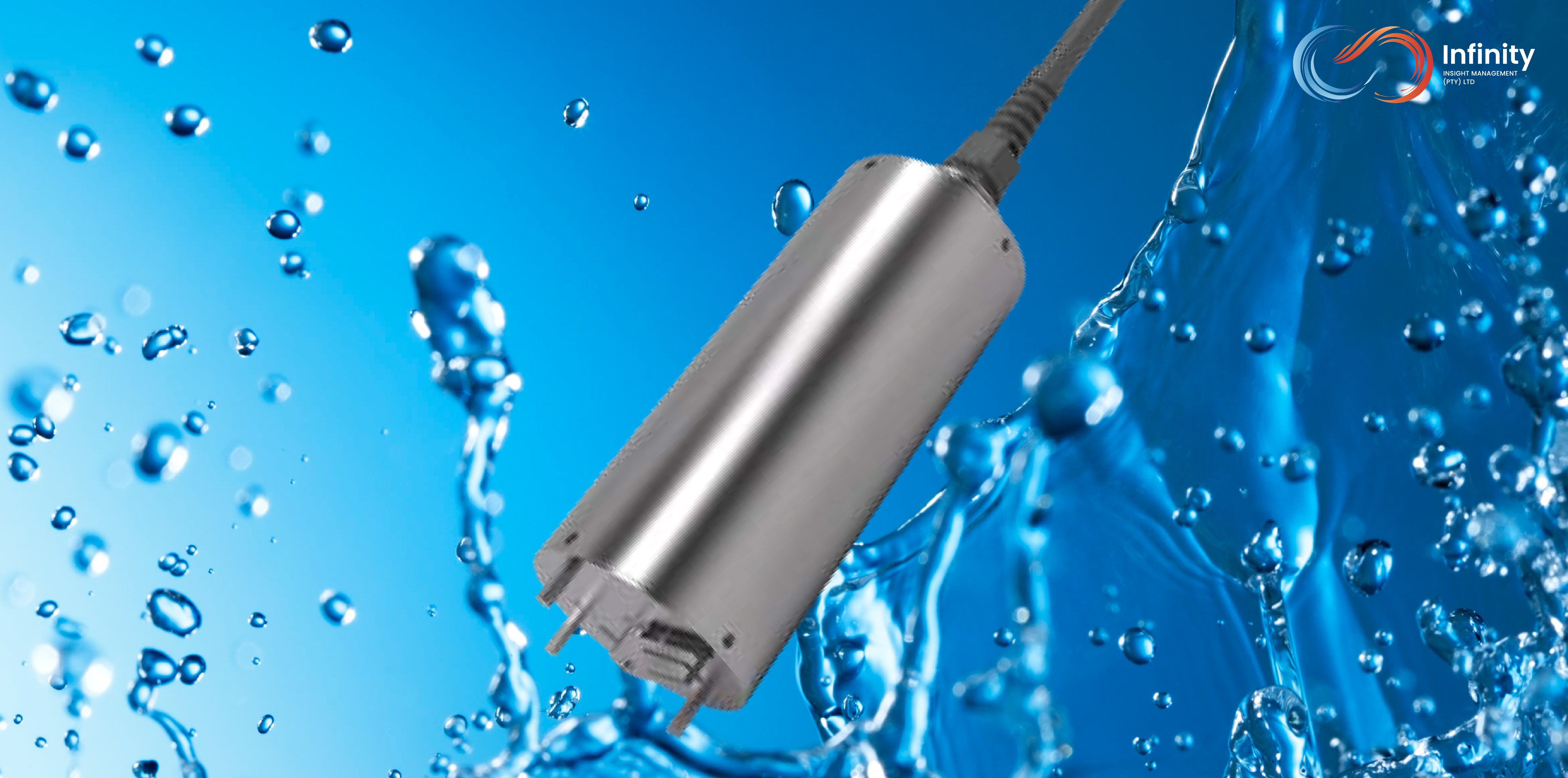Intelligent Turbidity Sensors for Water Quality Monitoring
⬅ Back to Posts
Turbidity is a key indicator of water quality, representing the clarity of water and its suitability for consumption, industrial processes, or environmental sustainability. With the rise of new technologies, online intelligent turbidity sensors have emerged as a game-changing solution for continuous and precise monitoring. As a result, these sensors deliver real-time turbidity measurements, providing actionable insights for industries and municipalities.
What is an Online Intelligent Turbidity Sensor?
An online intelligent turbidity sensor is a cutting-edge device that continuously measures the turbidity of water. Turbidity refers to the cloudiness or haziness of water caused by suspended particles such as sediment, organic matter, or microorganisms. Unlike traditional sensors, these use advanced optical technology to measure the intensity of light scattered by particles in the water.
What truly sets these sensors apart is their ability to integrate with monitoring systems, process data in real-time, and provide accurate and actionable insights for water quality management.
How Does an Online Intelligent Turbidity Sensor Work?
Online intelligent turbidity sensors operate using optical principles to measure the scattering of light. Here’s how they work, step-by-step:
- Light Source: The sensor emits a beam of light, typically from a high-intensity LED or laser, into the water sample.
- Scattering Detection: As the light interacts with particles in the water, it gets scattered in multiple directions. Consequently, the amount of scattered light is directly proportional to the turbidity level.
- Photodetector: A photodetector measures the intensity of scattered light at specific angles. The most common angle for measurement is 90 degrees, as recommended by international standards like ISO 7027.
- Signal Processing: The sensor’s intelligent system processes the detected signal to calculate the turbidity value, typically expressed in Nephelometric Turbidity Units (NTU) or Formazin Nephelometric Units (FNU).
- Real-Time Data Output: The turbidity readings are transmitted to monitoring systems or displayed on a digital interface, allowing for immediate analysis and decision-making.
Features
Online intelligent turbidity sensors come equipped with several features that enhance their performance and usability:
- High Sensitivity and Accuracy: These sensors provide precise measurements, even at low turbidity levels.
- Self-Cleaning Mechanisms: Many models include automated cleaning systems, such as wipers or ultrasonic cleaning, which help prevent fouling and maintain accuracy.
- Digital Integration: Compatible with SCADA systems, IoT platforms, and cloud-based monitoring solutions for seamless data integration and remote monitoring.
- Advanced Calibration: Intelligent sensors often include automatic calibration features, thus reducing manual intervention.
- Durability: Designed to withstand harsh environments, they are often built with robust materials to resist corrosion, fouling, and mechanical wear.
Advantages
Online intelligent turbidity sensors offer numerous benefits over traditional methods of turbidity measurement:
- Continuous Monitoring: These sensors provide real-time, 24/7 data, ensuring that any changes in water quality are detected immediately.
- Improved Accuracy: Advanced optical and signal processing technologies ensure reliable and precise measurements.
- Reduced Maintenance: Features like self-cleaning mechanisms and automated calibration significantly reduce the need for frequent manual maintenance.
- Remote Access: Integration with digital monitoring systems allows operators to access data from anywhere, thereby enhancing operational efficiency.
- Cost-Effectiveness: By identifying water quality issues early, these sensors help reduce treatment costs and prevent system failures.
Applications
Online intelligent turbidity sensors are used across a wide range of industries and applications:
- Drinking Water Treatment: Monitoring turbidity to ensure compliance with regulatory standards for potable water.
- Wastewater Treatment: Assessing the effectiveness of treatment processes and ensuring effluent meets discharge standards.
- Environmental Monitoring: Tracking water quality in rivers, lakes, and reservoirs to protect ecosystems.
- Industrial Processes: Used in industries like food and beverage, pharmaceuticals, and chemicals to monitor water clarity in production processes.
- Aquaculture: Ensuring optimal water quality in fish farms to promote healthy growth and minimize disease.
- Construction and Mining: Monitoring sediment runoff from construction sites and mining operations to prevent environmental pollution.
Choosing the Right Online Intelligent Turbidity Sensor
When selecting an online intelligent turbidity sensor, consider the following factors:
- Measurement Range: Ensure the sensor can measure the expected turbidity levels in your application.
- Accuracy and Sensitivity: Look for sensors with high precision, especially for applications with stringent regulatory requirements.
- Self-Cleaning Features: For high-fouling environments, choose sensors with robust cleaning mechanisms.
- Integration Compatibility: Verify that the sensor integrates seamlessly with your existing monitoring systems.
- Durability: Opt for a sensor designed to withstand the specific environmental conditions of your application.
In conclusion, online intelligent turbidity sensors are transforming water quality monitoring by providing accurate, real-time data with minimal maintenance. Because of their ability to integrate into modern monitoring systems, these sensors ensure efficient and proactive water management across industries. Whether you're managing municipal water treatment, industrial processes, or environmental conservation, these devices play a vital role in safeguarding water resources.
Ready to upgrade your water monitoring system?
Contact us today to find the perfect turbidity sensor solution for your needs. make a significant difference in ensuring water quality, improving operational efficiency, and maintaining regulatory compliance.
